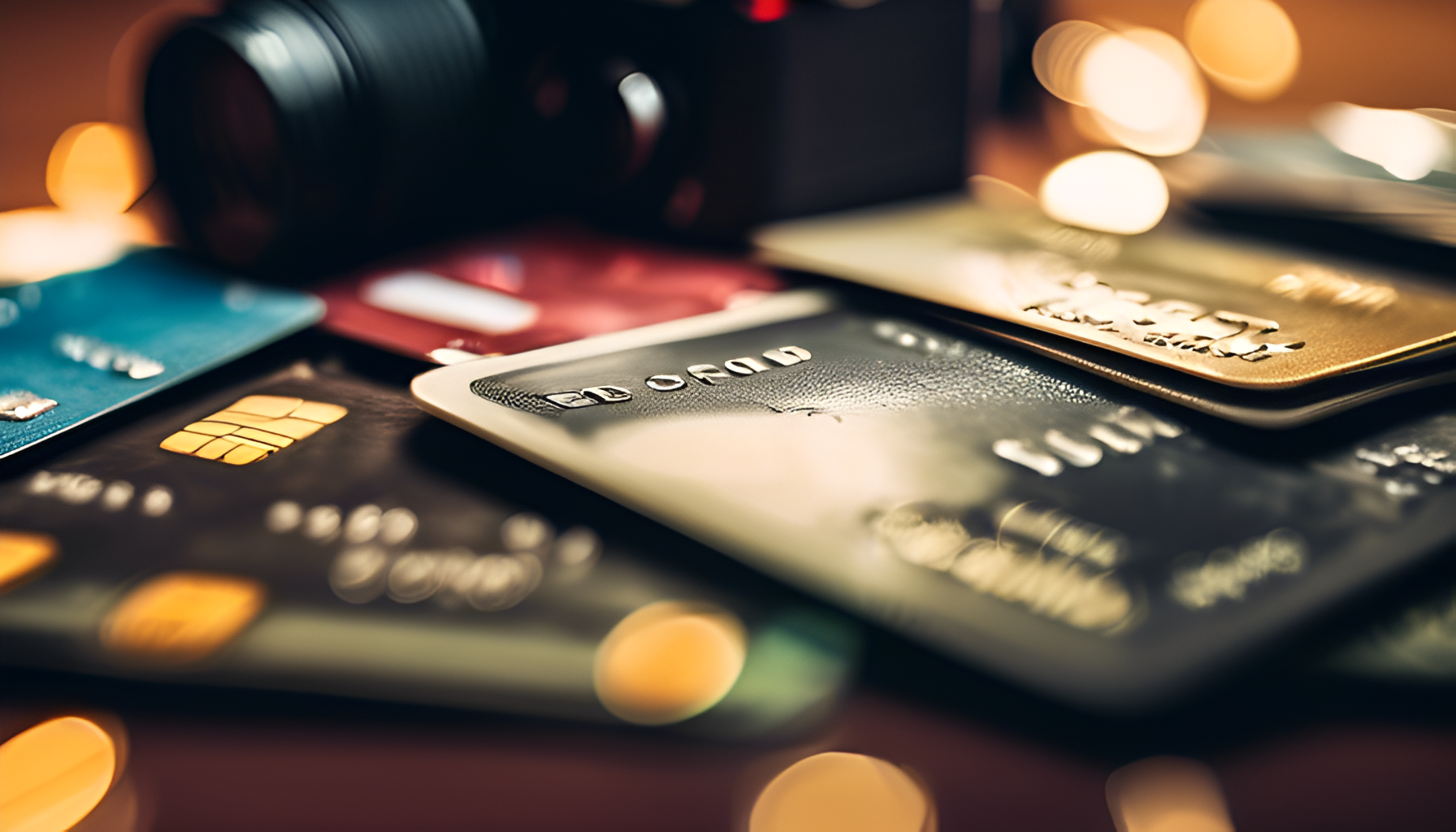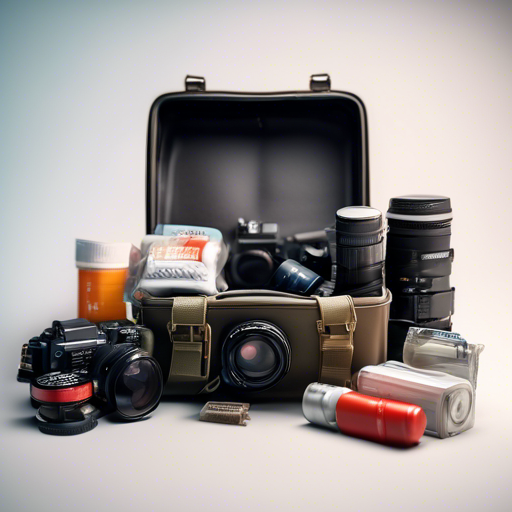Money Matters in Cuba

Understanding money matters in Cuba can be a bit tricky, but let's break it down in simpler terms.
First off, forget about the old currency, the convertible peso (CUC). It's no longer in use as of January 2021. Now, everything runs on the Cuban peso (CUP), but don't worry, you can still use foreign currencies like Canadian dollars (CAD), US dollars (USD), or Euros (EUR), especially at private businesses.
Now, where do you exchange your money? Well, you've got a few options. You can go to places called CADECA or most banks. But heads up, there's usually a small fee, around 2%, for most currencies and 8% for USD. It's best to only change a little bit of money into CUP because you can't change it back if you have leftovers.
Another way to get CUP is from ATMs, but make sure your Visa or Mastercard is from a non-US bank.
Besides the official spots, there's something called the "black market" where you might get a much better exchange rate, but be careful. It's safer to do this with someone trustworthy, like a resort staff member. Usually, tourists only need CUP for tipping, so one suggestion is to bring small USD bills from your bank back home for tips. You might not even need CUP at all.
Cubans really like foreign currency because they can load it onto their special MLC card.
Now, what's this MLC card? It's like a digital currency tied to the US dollar. You'll see prices listed in MLC at fancier stores and tourist spots. You can get MLC prepaid cards from CADECAs in denominations of US $50, $100 $200, $500, and $1000, but there's a small fee, around $5 per card. You can buy up to three cards of the same amount. Have your passport ready for identification at CADECA.
Some government stores only accept MLC, but that's getting rare. Most places are starting to take credit cards, just remember, they will charge you in USD.
If you have any MLC left on your card when you leave, you can either get a refund at the airport (if they have enough cash leftover) or save it for your next trip. The card lasts for five years.
Most stores in tourist areas take Canadian bank issued credit cards, but they'll charge you in USD. So, if you want to avoid extra fees, it's best to use a card without foreign transaction fees. Just be ready for the occasional downtime with the credit card system.
A lot of tourists when booking tours at the resorts have been caught off guard because they were told prices in CAD but ended up being charged in USD (Quoted CAD200, being charged USD200). Keep in mind, all credit card terminals in Cuba process transactions in USD, not CAD.
Tipping in Cuba: A Guide
When visiting Cuba, tipping is an important aspect of the culture and hospitality industry. It is customary to tip service workers as a gesture of appreciation for their hard work and dedication. Here's why you should tip and how much you should consider tipping:
Why Tip?
Tipping in Cuba is a way to show gratitude for good service and to support workers who often rely on tips as part of their income. It helps to acknowledge the efforts of waitstaff, tour guides, taxi drivers, and other service providers.
How Much to Tip?
The amount to tip can vary depending on the service provided and your satisfaction level. Here are some general guidelines:
- Restaurant Servers: 10-15% of the bill is customary.
- Hotel Staff: A few USD per day for housekeeping, servers in resort restaurants and bellhops.
- Tour Guides: 10-15 CAD per person for a full-day tour.
- Taxi Drivers: Round up the fare or add a small tip.
Important Tip:
When tipping in Cuba, it's essential to use bills rather than coins. Cuban banks do not accept coins, so it's best to tip in bills to ensure that your gesture is appreciated and can be easily exchanged by the recipient.
Remember, tipping is voluntary, but it can make a significant difference in the lives of service workers in Cuba. By tipping generously and respectfully, you contribute to the local economy and show appreciation for the warm hospitality of the Cuban people.
To sum up:
- Bring cash in CAD or USD bills, no coins.
- Use a Canadian bank credit card and let your bank know you're traveling.
- You might not even need CUP for your trip.
- Be cautious with exchanging money outside official channels.
- Keep track of the MLC card details if you decide to use it.
- Be aware of credit card fees and currency conversion when making purchases.
- Consider tipping generously and frequently to show your appreciation!
Hope that helps you navigate the money scene in Cuba a bit easier!
Useful information
Things to know when traveling to Cuba









